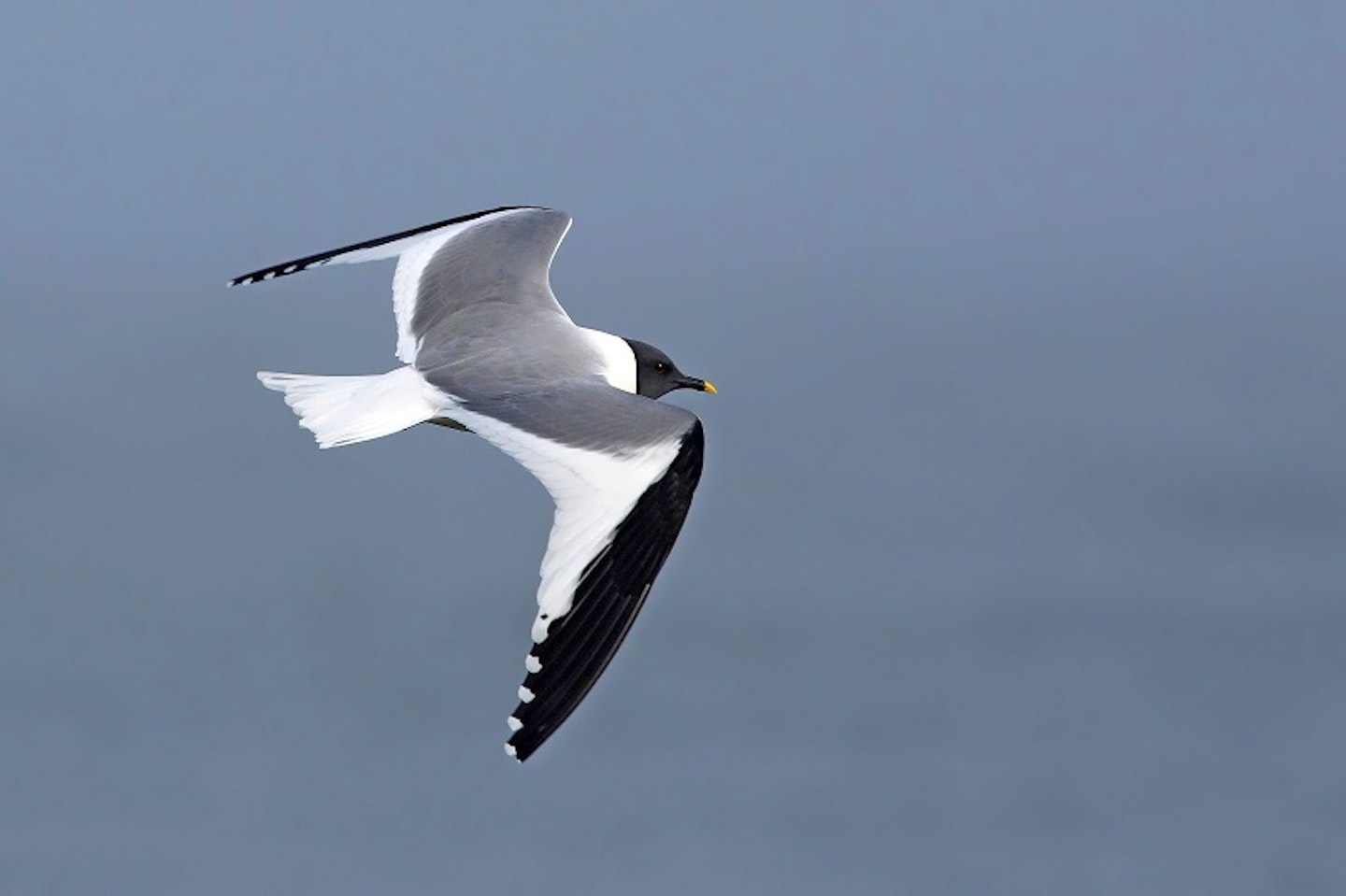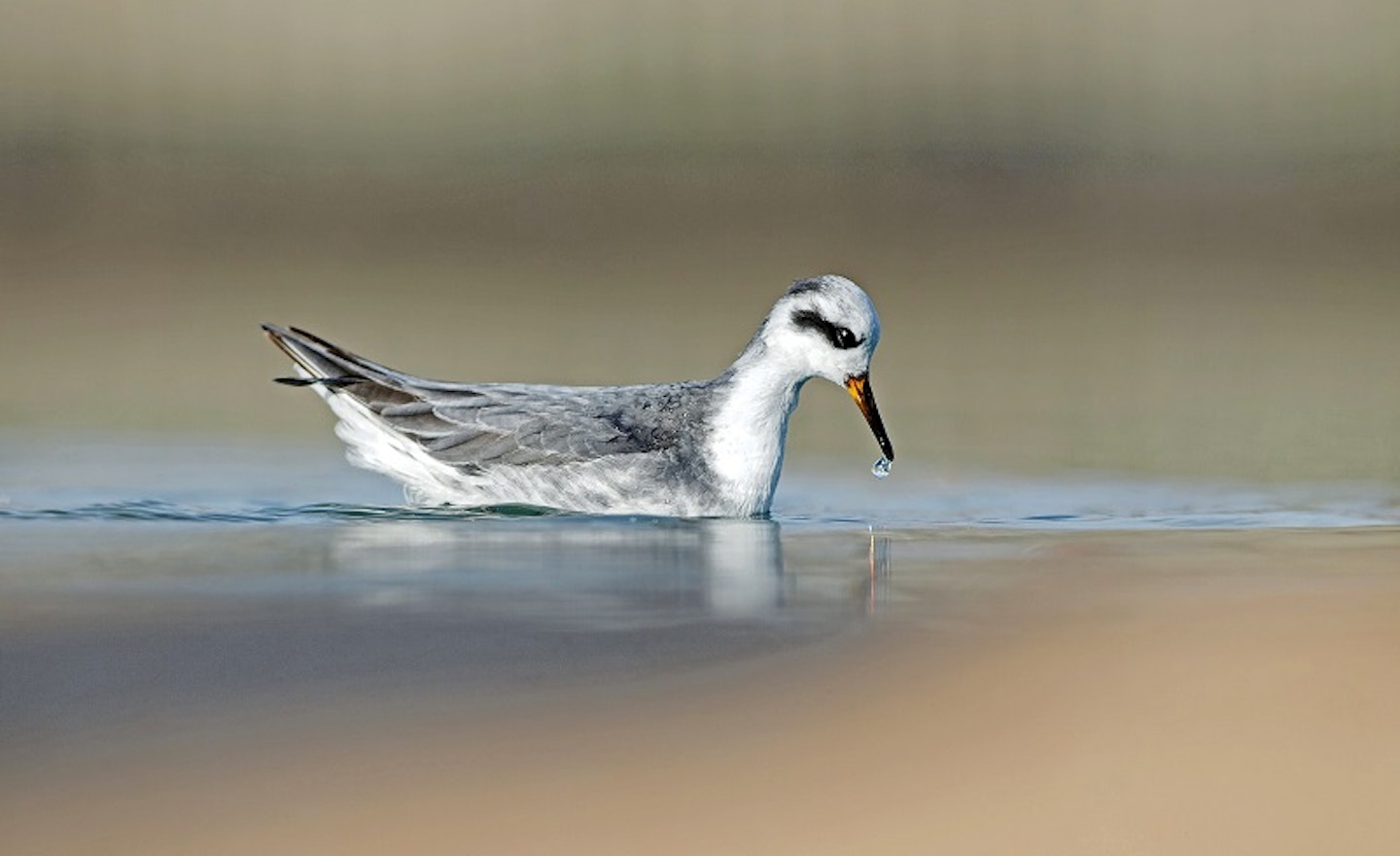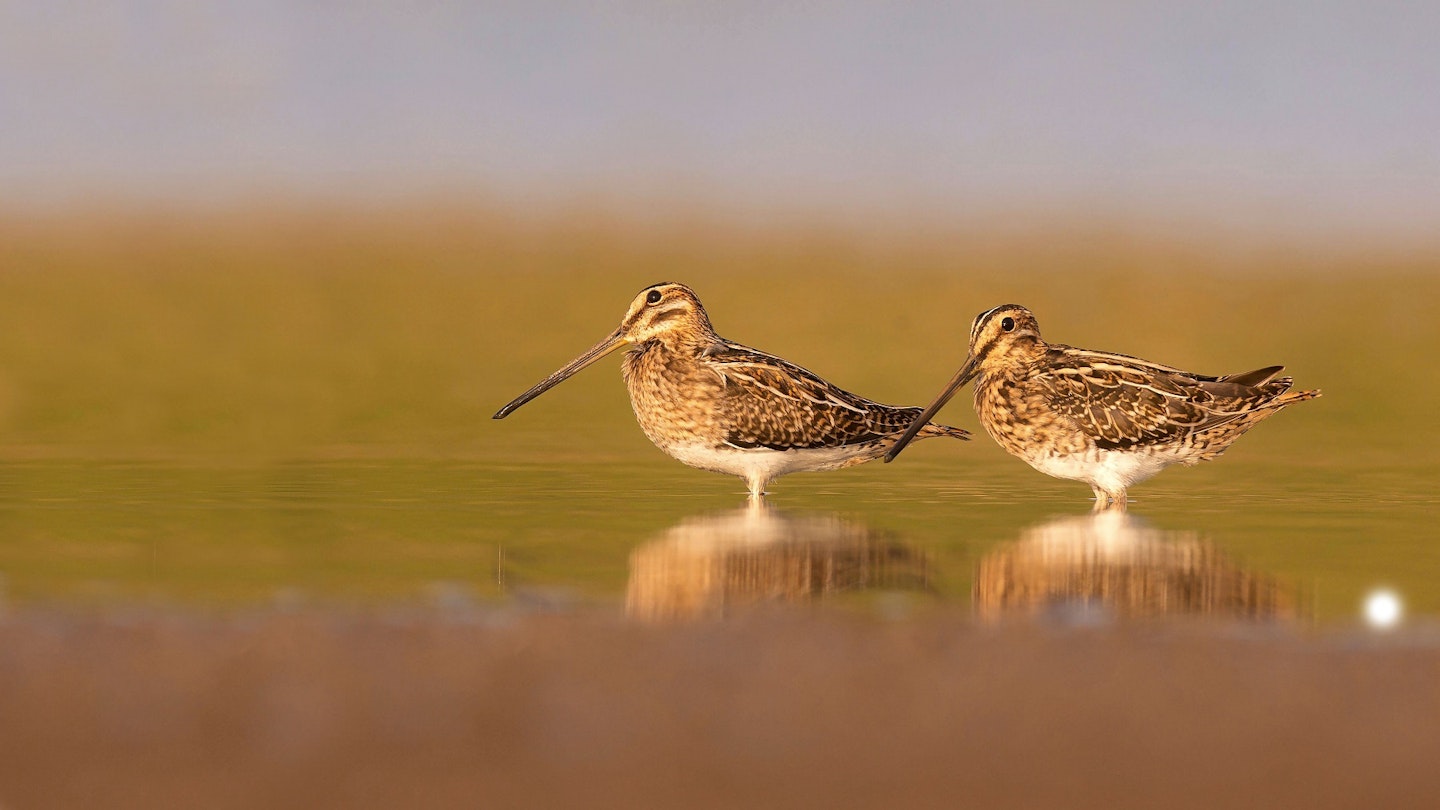Snipe (above, image: Alamy)
With the breeding season coming to an end, Snipe start to wander away from the breeding grounds, and begin to be widely spread across the country, wherever there are suitable wet areas to probe with their extraordinarily long bills. In fact, the wintering population is as many as one million birds! But, you wouldn’t know it, as they spend the vast majority of their time hidden behind vegetation, probing out of site (or sleeping). That said, they are a lot easier to see than their relative the Jack Snipe, and Snipe will feed in the open in shallow water, when you can admire their superb plumage and that magnificent bill.

Starling
Since late spring, family parties of Starlings have been a feature of town and country alike. The youngsters are grey-brown, the parents iridescent (black looking) and slightly spotty. As the summer progresses, they feed in loose groups and flocks and start to gather to roost in decent numbers. By autumn, it is the start of ‘murmuration season’ and pre-roosting flocks reach phenomenal sizes, from several thousand to even millions. You can enjoy watching underrated Starlings in their own right, this month. But for real thrills, go out and experience a proper murmuration. They are usually best by areas of extensive reeds by water, perhaps surrounded by low trees, where the birds feel safe to gather in huge numbers.

Sabine's Gull
This rare gull makes our most sea-faring gull, the Kittiwake seem positively bound to the shore. Sabine’s Gull is a sea gull in the truest sense of the word, spending most of its time at sea. However, particularly in the storms of September, even birds which spend their time far out to sea get blown around and can and do turn up close to shore, or even far inland on rarer occasions. They are beautiful little gulls, with glorious triangular blocks of grey black and white on the wings. Adults have dark grey heads and a dark bill with a yellow bill, and the tail is ever so slightly forked. Check your local reservoir after a big storm. Or hit the coast for some nasty-weather seawatching.

Grey Phalarope
Like Sabine’s Gulls, tiny Grey Phalaropes breed in the arctic but spend most of the year out to sea. They are tough little waders who glean most of their food from the surface of the water, while swimming, rather than from probing in mud like conventional shore birds. But, like the gulls, they are susceptible to autumn’s storms and get blown towards land and can also turn up in and around inland water bodies, where sometimes they can be incredibly tame. In the breeding season, they are largely red (hence the alternative name Red Phalarope), but at this time of year they will be pale grey and white, with a black ear covert patch and back of the crown.

Tree Pipit
Tree Pipits are summer visitors to the UK, breeding in higher densities in the west of the country. In autumn, they migrate back south and may pass through areas where they don’t normally occur, being ‘viz mig’ prizes for many in the Midlands or the east of the country. They turn tup also on migration spots along the coast. The best giveaway is the distinctive buzzing call, which easily separates them from the more delicate (and squeaky) Meadow Pipit.
